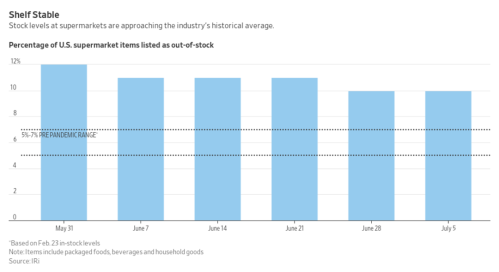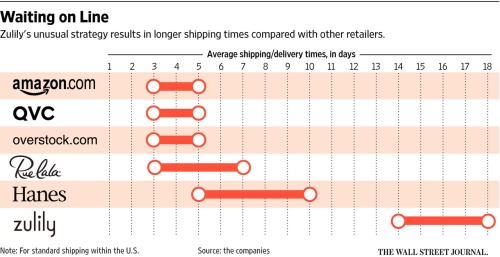Wal-Mart made waves last month when it announced that it would increase the starting wages of its workers so that all of its associates would make at least $9.00 per hour. That’s not exactly the kind of pay that makes you rich, but it is 24% higher than the federal minimum wage of $7.25 per hour. TJX followed Wal-Mart’s lead and announced a similar wage policy.
But why should these large firms be upping their pay? That is the question examined in a recent Bloomberg article (Why Retailers Are Suddenly Desperate to Keep Their Least-Valuable Workers, Mar 6). As the article notes, it is not clear that firms need to be paying more. Yes, labor markets have been firming up, but the unemployment rate went up last month because a number of workers returned to the labor force. So there are still a good number of workers available. Why then make a move that’s going to increase costs by a billion dollars per year?
The article’s answer to that question? Turnover!

Turnover in the retail sector has been steadily rising and now stands 5 percent a month. At that rate, if Walmart’s workforce were to hold to the national average, over a full year it would be losing 60 percent of its sales staff. Employee churn at fast-food chains is even worse: Almost 6 percent of all fast-food workers left or were laid off in December, according to federal data. An individual worker won’t ever command anything like the salary-bargaining powers of a baseball player, of course, but service economy employers tend to notice a rising tide of worker defections. Plugging all those gaps in the workforce is hugely expensive. Here’s how the math breaks down:
- The average retail sales employee in the U.S. earns an annual income of about $21,140, or $10.16 an hour, according to the Bureau of Labor Statistics.
- The cost of replacing an employee earning less than $30,000 per year is about 16 percent of that person’s annual wage, according to the Center for American Progress, a left-leaning think tank.
- A retail employer would therefore need to spend almost $3,400 every time a worker defects.
That adds up quickly. Walmart has about 500,000 low-wage employees. The cost of replacing each one, using the rough estimate from above, comes to roughly $1 billion—the cost of the just-announced wage increase to $9 per hour.
(more…)
Read Full Post »






